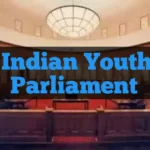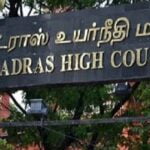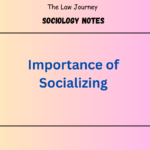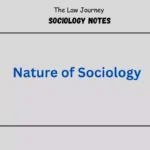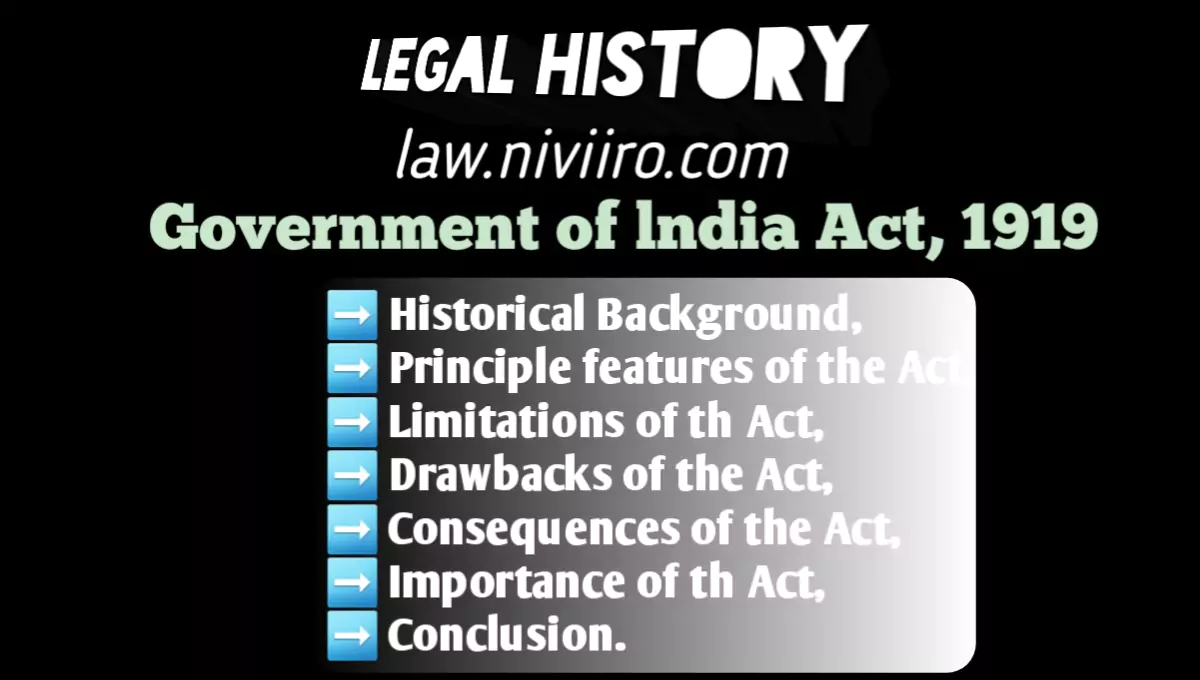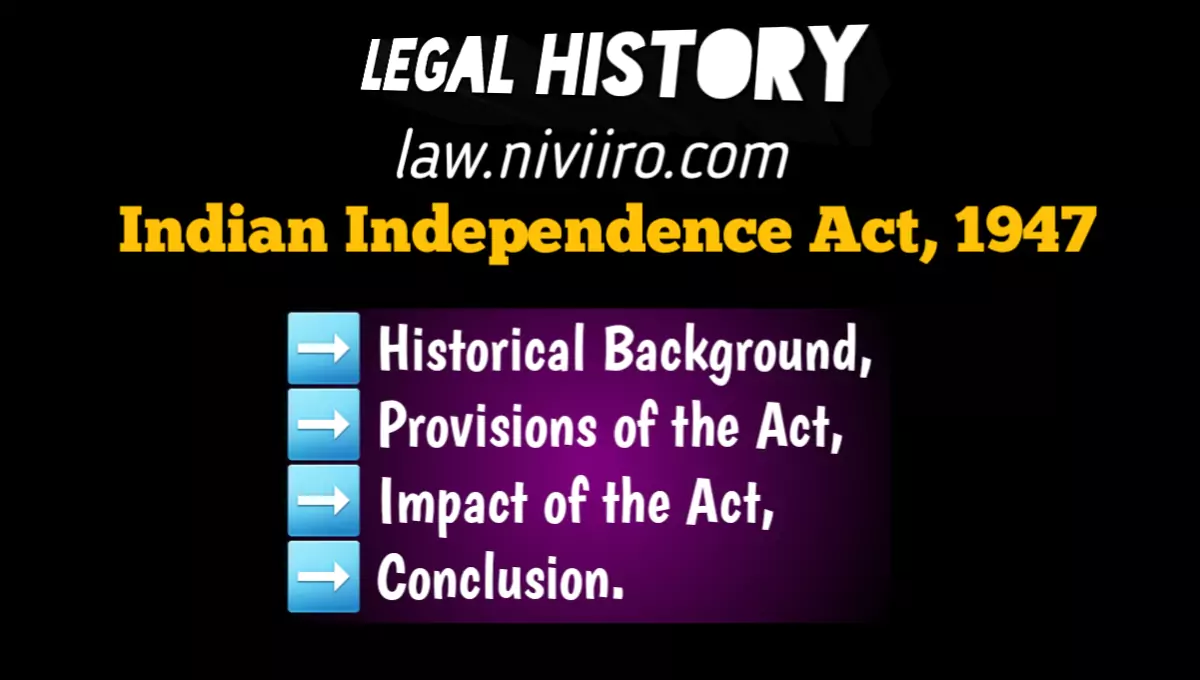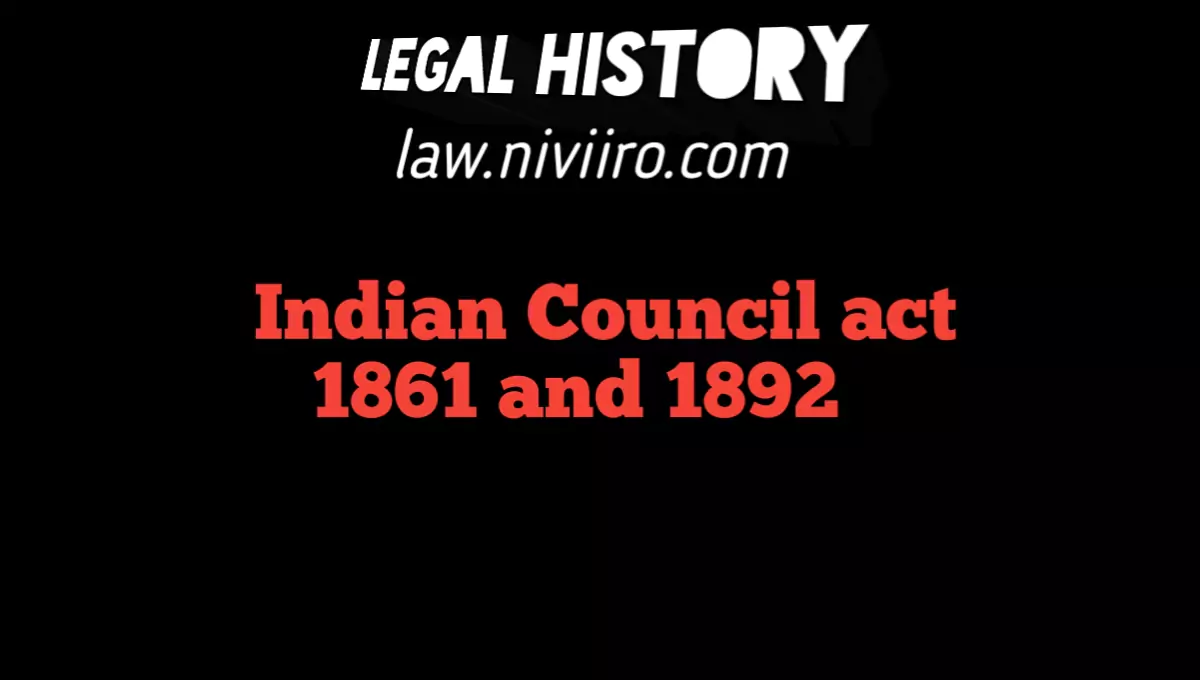The Montague-Chelmsford Reforms, also known as the Mont-Ford Reforms, were implemented by the British colonial government in India to bring self-rule to the country. Edwin Samuel Montagu and Lord Chelmsford were the names given to these innovations. The former served as Secretary of State for India, while the latter served as Viceroy of India between 1916 and 1921. The reforms took the form of a report known as the Montagu-Chelmsford Report. The Government of India Act 1919 was based on this report, which was presented in 1918. The Act did not satisfy Indian nationalists since they believed that many more reforms were needed for improved governance.
Montague–Chelmsford Reforms or Govt. of India Act 1919 introduced more changes in the administration of India.
Principle Features of the Government of India Act 1919
Provincial government
Diarchy was introduced in the form of two classes of administrators, namely, executive councillors and ministers. The governor was the province government’s executive head. Subjects were divided into two categories: reserved and transferred. The governor and councillors had a reserve list, and the ministries had a transfer list. Ministers were chosen from among the Legislative Council’s elected members. They had to answer to the legislature, whereas those councillors did not have to answer to the legislature.
The size of the Legislative Assemblies was increased, with approximately 70% of the members chosen. The Act also provided for class and communal voting. There were certain provisions allowing women to vote, but they were limited in scope. The governor could override the council’s decision. The governorgeneral was the chief executive officer of the federal government. This study proposed a bicameral legislature with two houses: the Legislative Assembly (forerunner of the Lok Sabha) and the Council of States (the precursor to the Rajya Sabha).
The Viceroy’s Executive Council included of eight members, three of whom were Indians. Although elections were held, suffrage was limited and not universal. Only those who owned property or held office or position were eligible to vote. This Act included a provision for the establishment of a Public Service Commission for the first time.
Central Government Executive
The Governor-General was the Chief Executive Officer. There were two administration lists: central and provincial. The provincial list was found under provinces, while the centre was in charge of the central list. Three of the Viceroy’s Executive Council’s eight members were to be Indian. Ordinances could be issued by the Governor-General. He might also ratify laws that had been rejected by the central legislature.
Assembly
A bicameral legislature was established with two houses – Vidhan Sabha (forerunner of Lok Sabha) and Council of States (precursor to Rajya Sabha).Legislative Assembly (Lower House)
Members of Legislative Assembly:
Nominated members were nominated by the Governor-General from amongst Anglo-Indians and Indian Christians.The term of the members was 3 years.
State Council (Upper House)
Only male members with a 5-year term are eligible. MLAs can ask questions and vote on specific budget items. Only 25% of the budget was subject to public vote. The rest were unvotable. Before a measure could become law, it had to be passed in both houses. Joint Committees, Joint Conferences, and Joint Sittings were used to break any deadlock between the two Houses.
Governor General
Even if both chambers passed a bill, the Governor-assent General’s was required for it to become law. He could enact laws even without the approval of the legislature. He has the authority to prevent a bill from becoming law if he believes it would be damaging to the country’s peace. He was not permitted to allow any question, adjournment motion, or debate in the House. Visit the linked article to learn more about the Governors General of Bengal and India.
Who could vote?
Suffrage was limited, and adult suffrage was not universal. Voters have paid Rs.3000 in land revenue, own rental property, or have taxable income. They should have previous Legislative Council experience. They must be senators from a university. They should occupy particular positions in local governments. They must be distinguished in some way. All of this reduces the number of persons who are eligible to vote in modest numbers.
Indian council
The council should include at least eight and no more than twelve members. Half of the members should have ten years of public service experience in India. Their contract was for five years. His pay has been increased from £1000 to £1200. The council would have three Indian members.
Other Salient Features
For the first time in India, this act provided for the establishment of a Public Service Commission. The Act also stated that after ten years, a statutory commission would be formed to investigate the functioning of the government. As a result, the Simon Commission was formed in 1927. It also established a High Commissioner for India post in London.
Limitations of the Government of India Act 1919
The act increased communal and consolidated representation. Suffrage was quite limited. It did not spread to the average person. The governor-general and governors wielded considerable influence to weaken the legislatures at the centre and in the provinces. The allotment of seats for the central assembly was based on the province’s “importance” in the eyes of the British, rather than its population. In 1919, the Rowlatt Acts were passed, severely restricting the press and mobility. Those bills were passed over the unanimous opposition of the Legislative Council’s Indian members. In response, some Indian members quit.
Drawbacks of the Government of India Act 1919
Irresponsible Central Government: The Act made no provision for a responsible government at the national level. The spread of communalism was limited by a flawed electoral system and limited suffrage. It supported communalism through a separate electoral system. The number of votes for the central legislature was increased to roughly one and a half million, although India’s population was anticipated to be over 260 million.
Lack of Administrative Control: The legislature had no control over the Viceroy and his executive council in the Centre. Provincial ministers had no control over finances and bureaucrats; This will cause constant friction between the two. Ministers were frequently not consulted, even on critical topics, and the Governor might consider any matter unique. The governor had limitless powers, including the ability to overturn decisions made by his council and ministers. Almost all key administrative decisions were made by the Governor.
Inappropriate division of subjects: The subject division in the centre was insufficient. The central legislature was granted limited authority and little financial control. At the provincial level, the split of subjects and parallel administration of two portions was unreasonable and thus impractical.
Irrigation, finance, police, the press, and justice were all’reserved’.
Consequences of the Government of India Act 1919
Public reaction: The Congress gathered in a special session in Bombay in August 1918, chaired by Hasan Imam, and deemed the reforms “disappointing” and “unsatisfactory,” instead demanding effective self-government. The Montford reforms were branded “unworthy and forlorn – a sunny morning” by Bal Gangadhar Tilak. Annie Besant thought the reforms “worthy of England’s gift and India not worthy of acceptance”. Veteran Congress stalwarts, led by Surendranath Banerjee, backed the government’s recommendations.
Encouraged Struggle for Power: This act encouraged the struggle for power among both the Indians and the British. This led to a huge number of communal disturbances, which increased from 1922 to 1927. Except in Madras, the Swaraj Party was created in 1923 and has won a significant number of seats in elections. Others in Bombay and the Central Provinces were able to block the majority of shipments with ministerial pay. As a result, the governors of both provinces were forced to cease the diarchy and assume control of the transferred subjects.
Enactment of Rowlatt Act: While attempting to pacify the Indians, the Indian government was prepared to repress. The Nationalists were persecuted throughout the war. Terrorists and revolutionaries were pursued, imprisoned, and executed. Many other nationalists, like Maulana Abul Kalam Azad, were also imprisoned. The government therefore opted to arm itself with more powerful forces, going against acknowledged ideals of the rule of law, in order to repress nationalists who refused to accept official reforms.
In March 1919 it passed the Rowlatt Act, although every Indian member of the Central Legislative Council opposed it. This statute gave the government the authority to imprison anyone in court without a trial or conviction. This act gave the government the authority to suspend the right to habeas corpus, which was the bedrock of British civil freedoms.
Importance of the Government of India Act 1919
Awakening among Indians: Indians received classified knowledge about government and became conscious of their responsibilities. This instilled in the Indians a sense of nationalism and awakening, and they set about realising the ideal of Swaraj. Voting Rights Expansion: As constituencies expanded in India, individuals began to realise the necessity of voting. Self-government in the provinces: The Act established provincial self-government in India. The Act delegated administrative power to the people, and administrative pressure from the government was considerably lessened. This readied the Indians for their release. Provincial Administration Responsibilities
Conclusion
The 1919 Act did not establish federalism in India. Power is transferred from the centre to the regions via delegation. The Center preserved its capacity to legislate on any topic throughout the country, making it impossible to question the core law’s validity. The Thanedar was empowered to decide whether a specific subject was a central or provincial matter, not the governor-general-in-council. As a result, the overall government structure remained unitary. The Governor-General-in-Council remained the keystone of the entire Constitutional Building.
Related Post
what are the Principle Features of the Government of India Act 1919 ?
1. Provincial government,
2. Central Government Executive,
3. Indian council.
Limitations of the Government of India Act 1919 ?
The act increased communal and consolidated representation. Suffrage was quite limited. It did not spread to the average person. …….
what is the Importance of the Government of India Act 1919 ?
Awakening among Indians: Indians received classified knowledge about government and became conscious of their responsibilities. This instilled in the Indians a sense of nationalism and awakening, and they set about realising the ideal of Swaraj. Voting Rights Expansion: As constituencies expanded in India, individuals began to realise the necessity of voting………..
Refrences Book
- Indian legal and constitutional history by Dr. N. V. Paranjape
- M. Rama Jois, Legal and Constitutional History of India
- V.D. Kulshrestha, Landmarks in Indian Legal History
- A.B. Keith, Constitutional History of India
- M.P. Jain, Outlines of India Legal History
- Rankin G.C. Background to Indian Law




